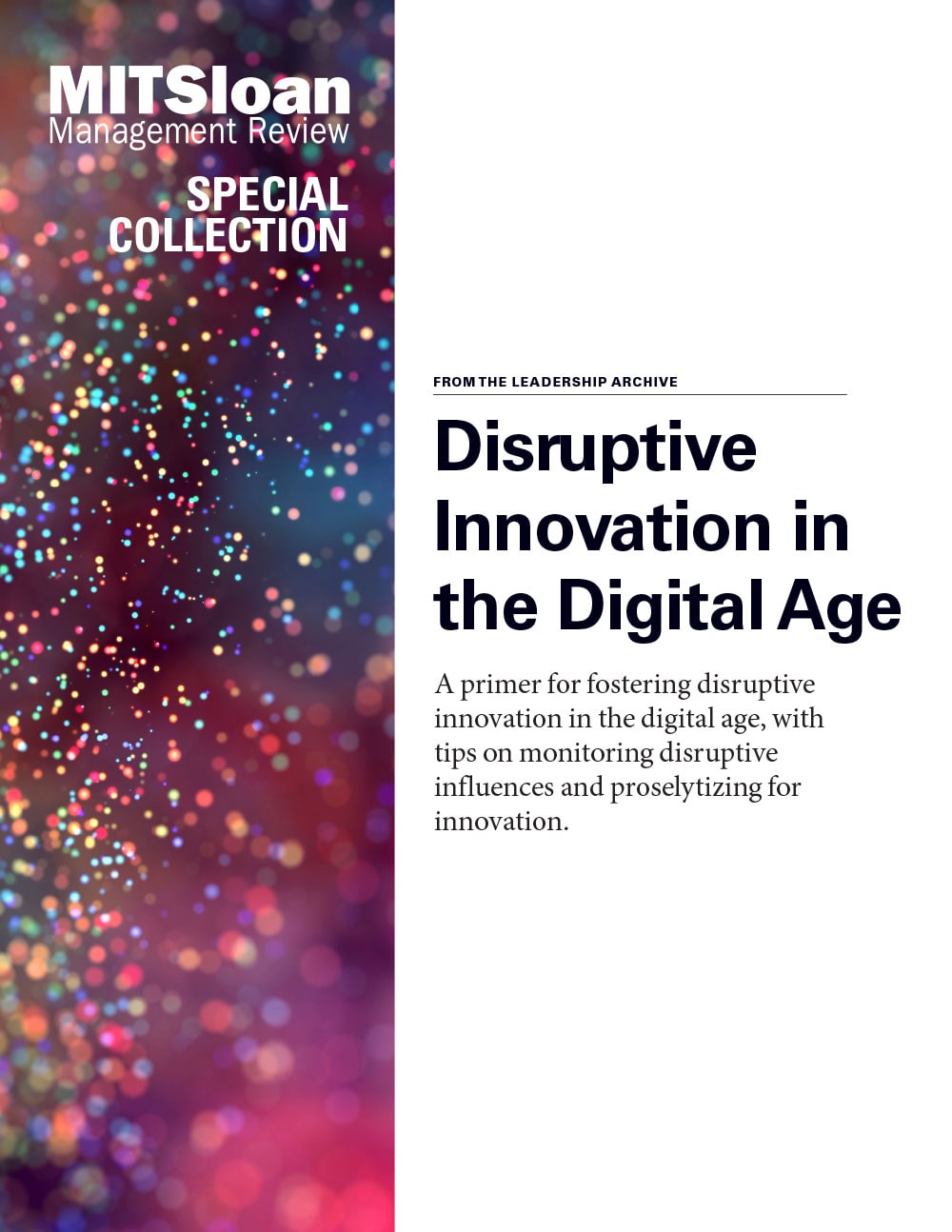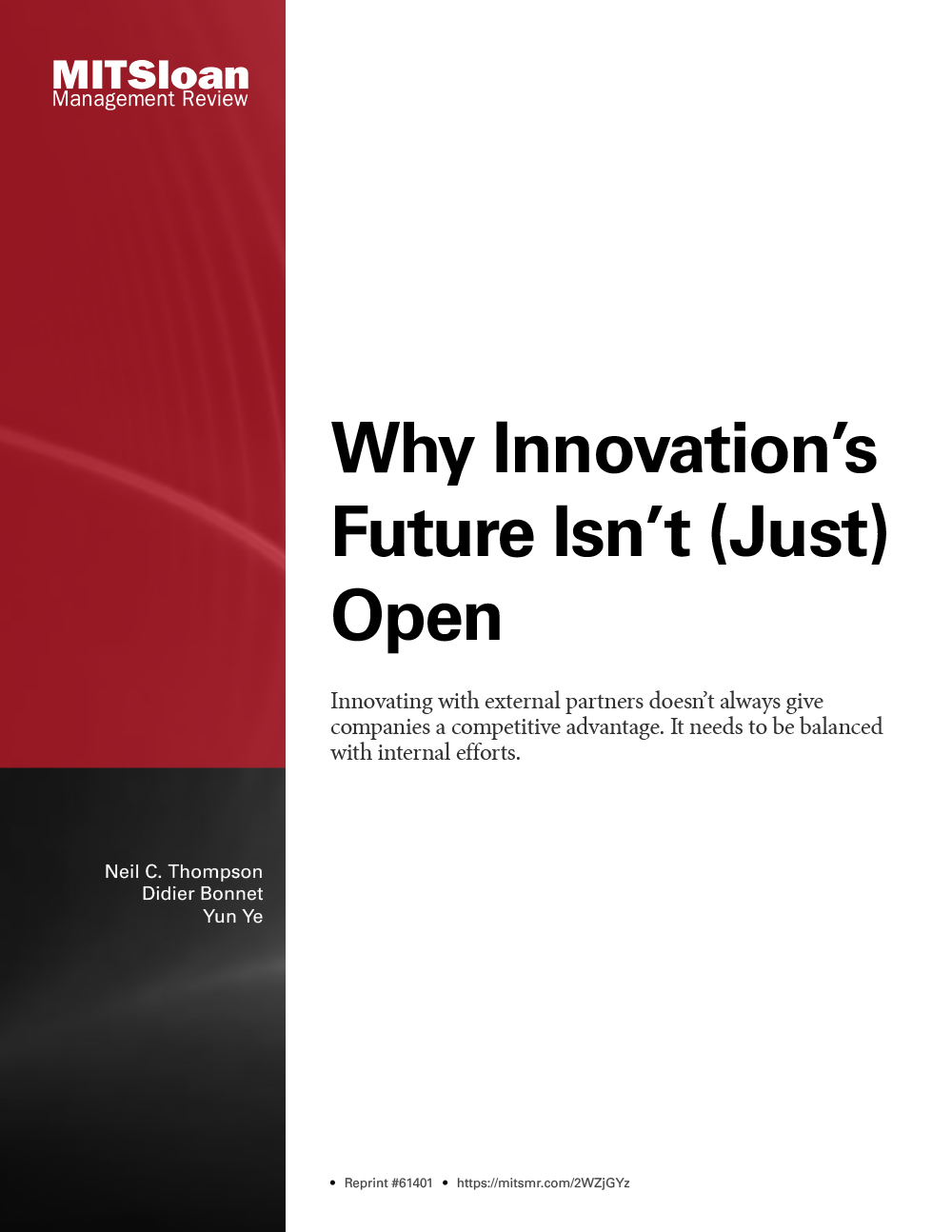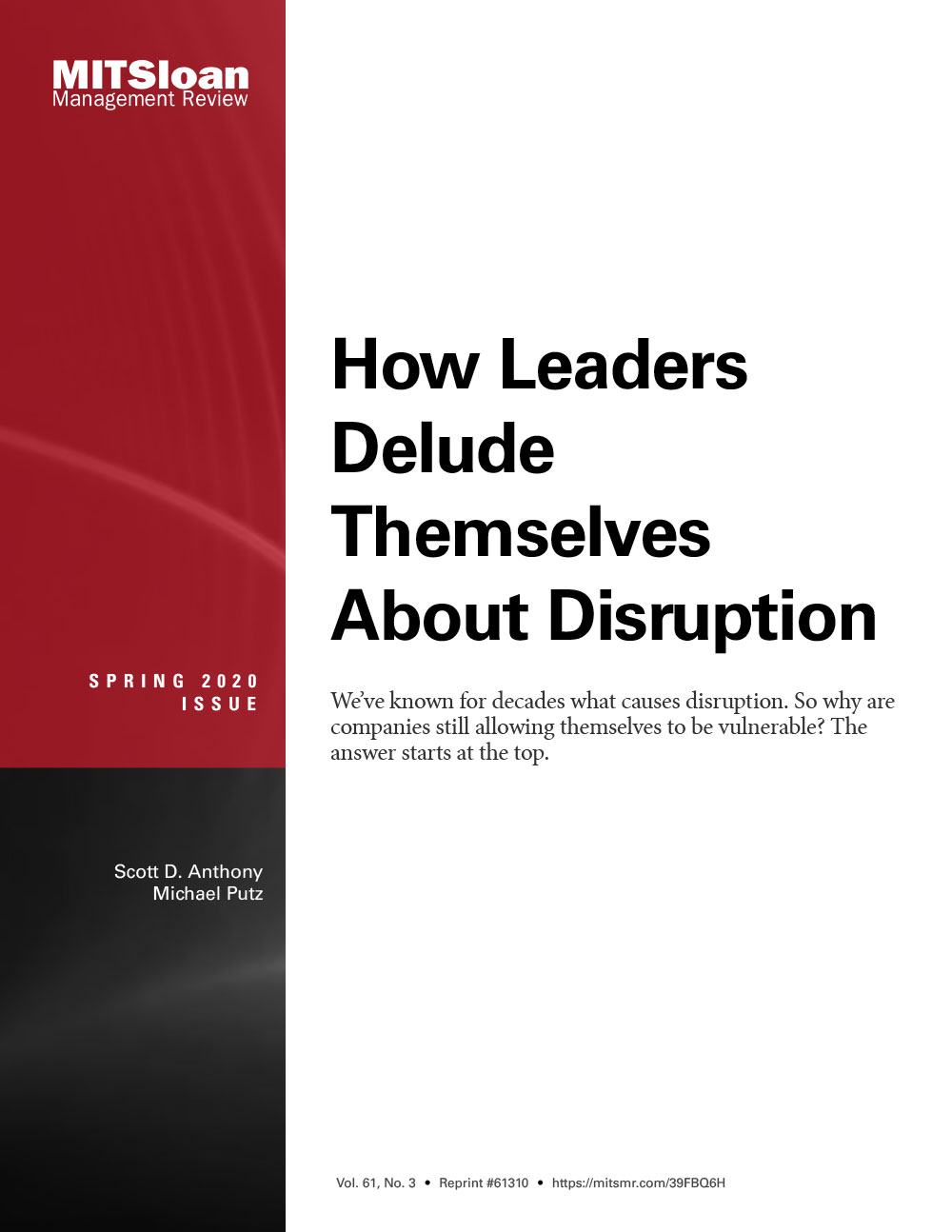What does the ascendance of a new generation of straight-to-consumer disrupters tell us about how innovation is evolving? What are the sources of disruption that every company must monitor? Is disruption always the right strategy — or not? And why have companies not gotten better at solving the innovator’s dilemma two decades after Christensen first helped us understand how disruption occurs?
The answers to these questions and more lie in this exclusive collection.










